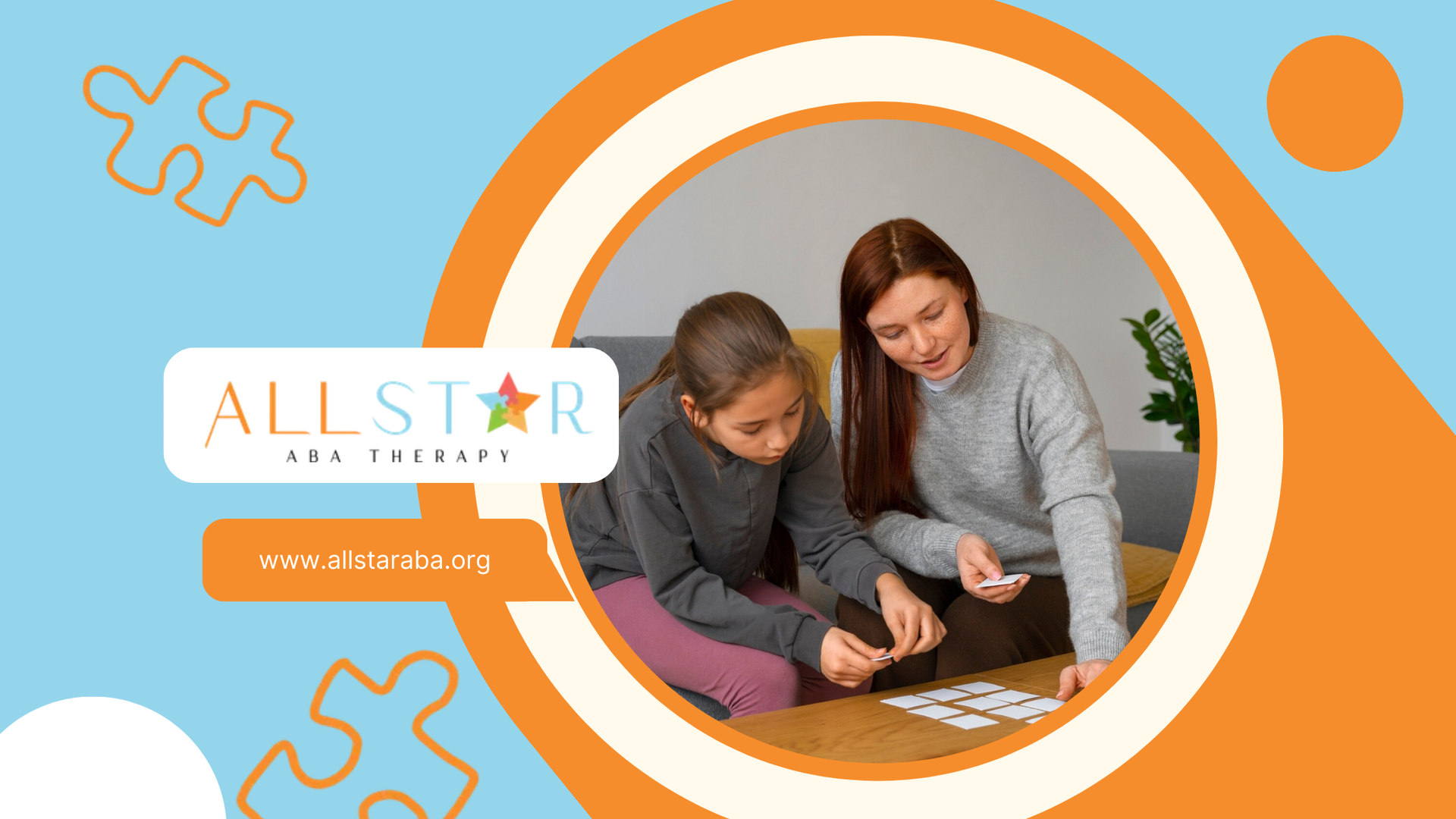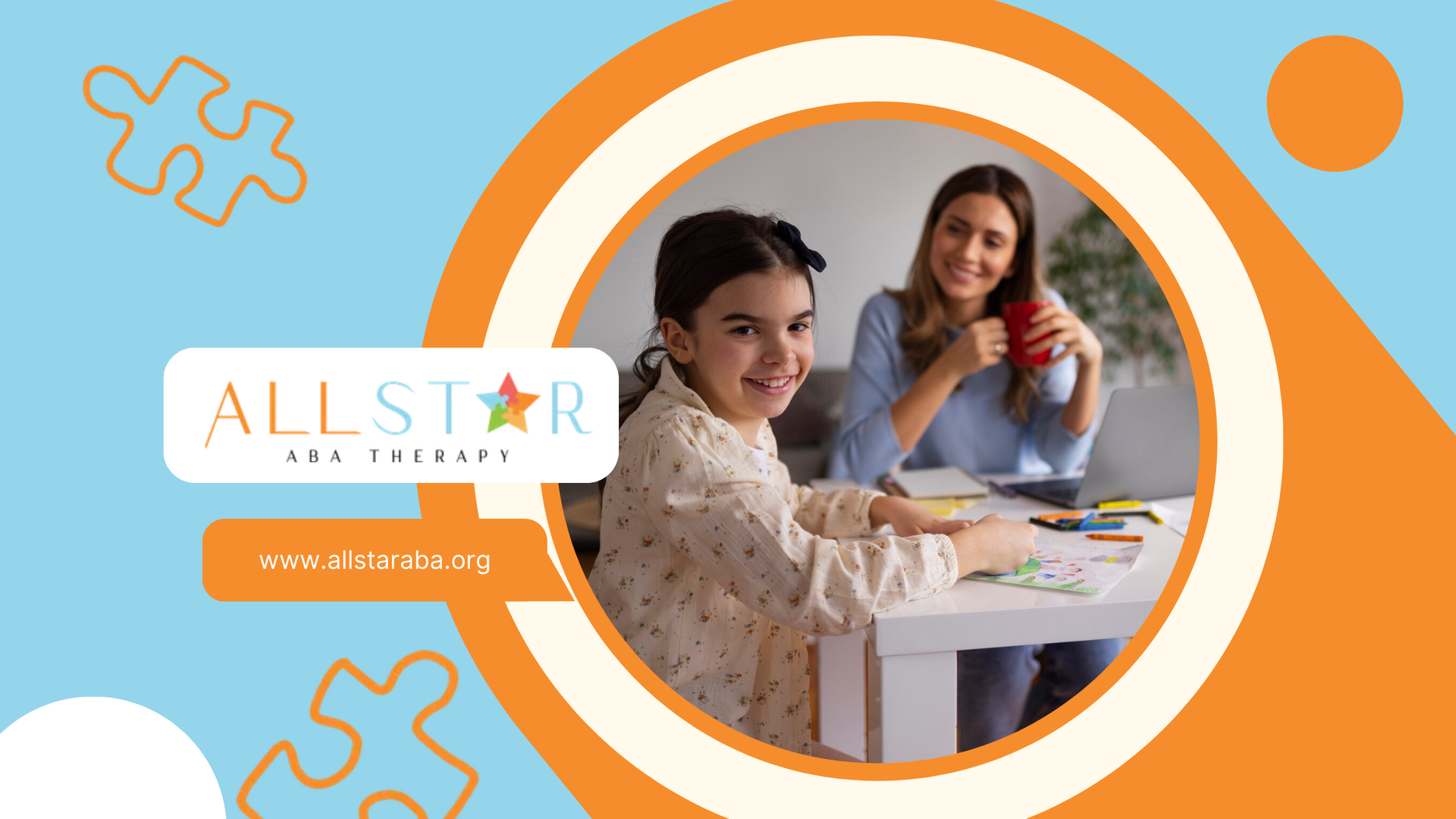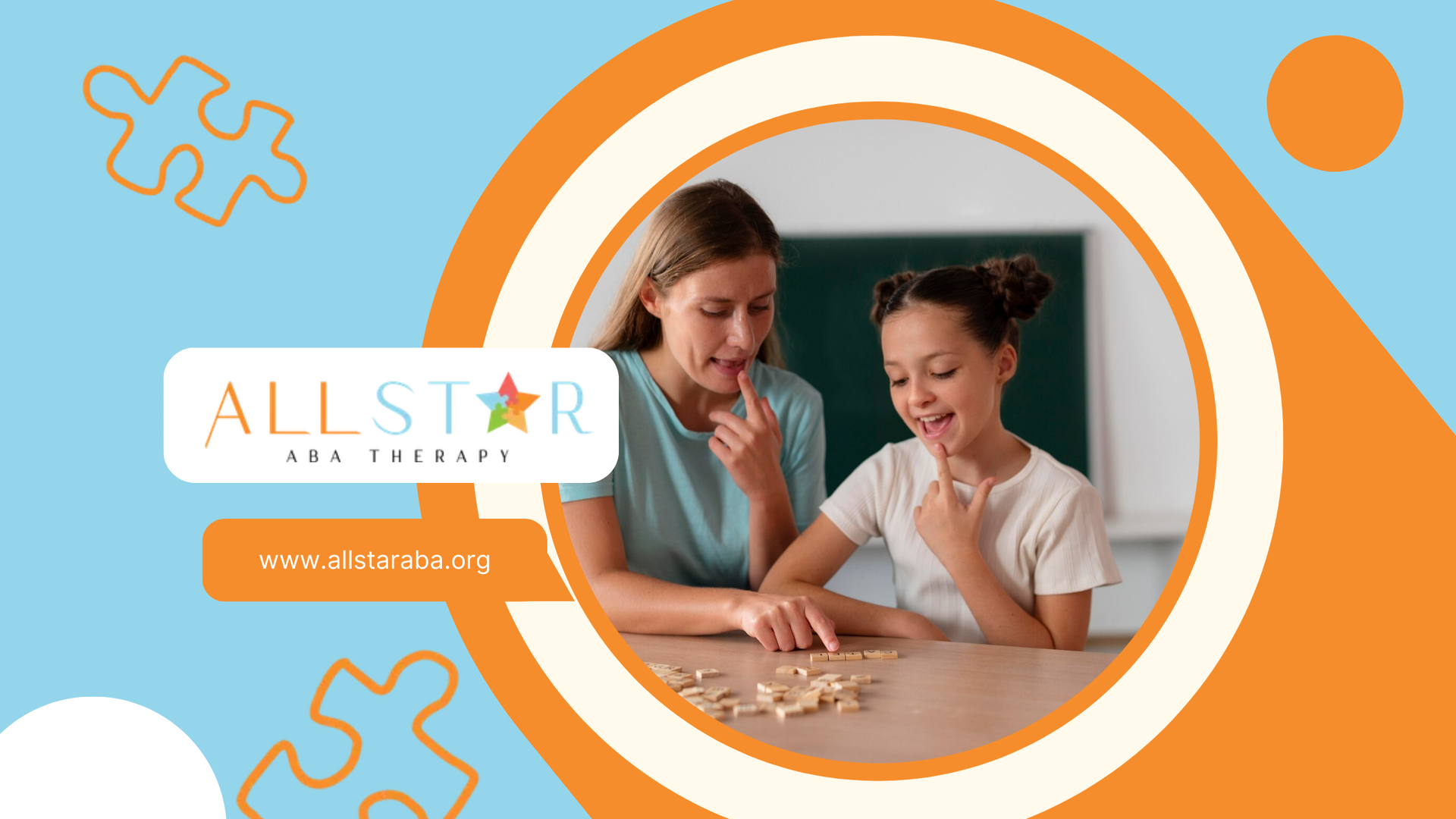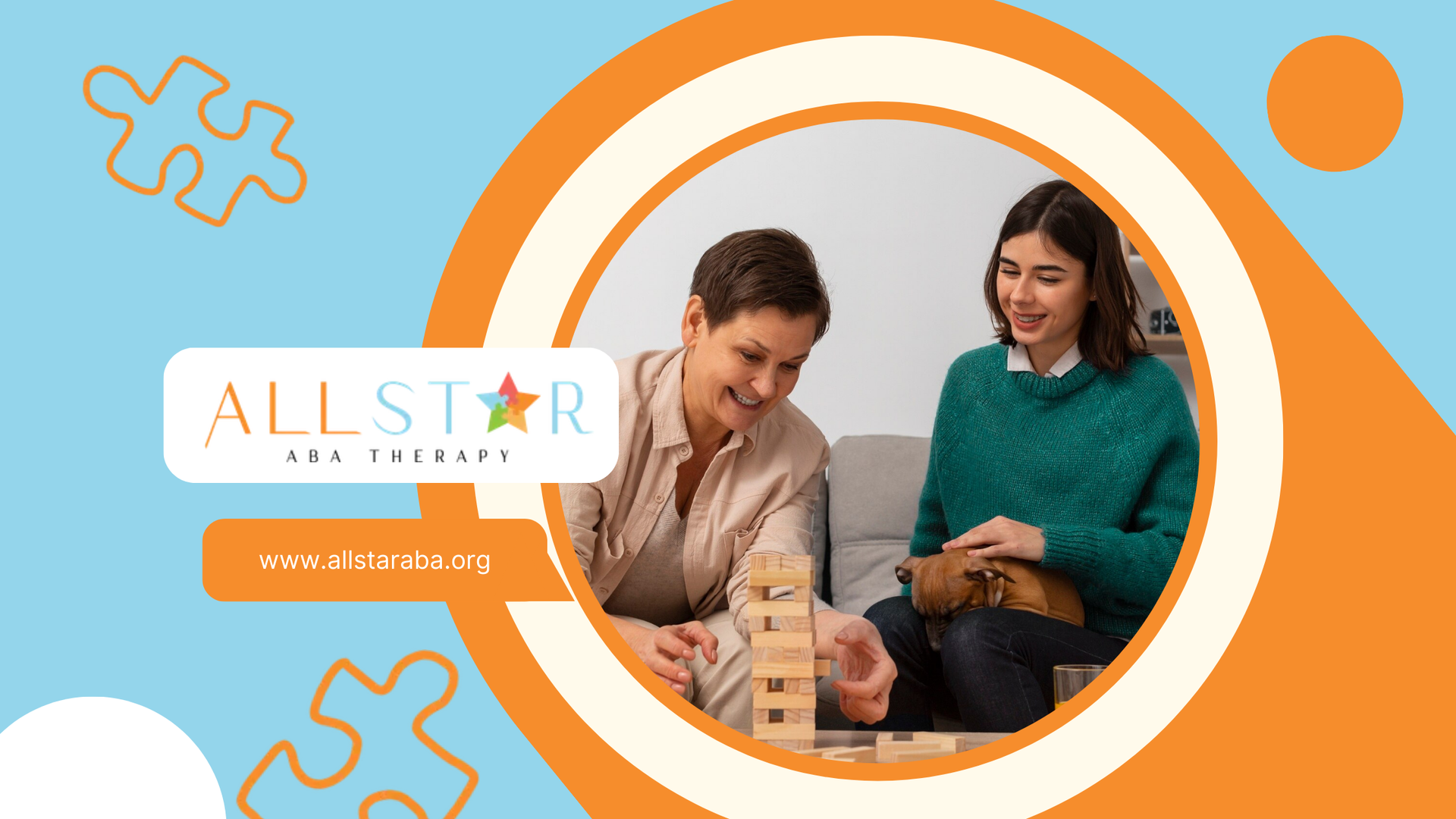New Paragraph
ABA Therapy at Home: How It Benefits and Transforms Autism Care
In-Home ABA Therapy for Autism
Navigating the world of autism treatment can be overwhelming, especially when considering therapy options that best fit your family’s lifestyle and your child's needs. In-home ABA (Applied Behavior Analysis) therapy is a flexible and effective approach that caters to these concerns, bringing structured, personalized intervention right into the comfort of your home. This article explores how in-home ABA therapy works, its benefits, and what makes it a preferred choice for many families.
Understanding ABA Therapy
ABA Therapy at Home
In-home ABA therapy involves a trained therapist coming to your home to provide behavior analysis sessions tailored to your child’s needs. This setting can help those with autism learn valuable skills in the environment where they are most likely to use them, making it a practical approach to therapy.
Advantages of ABA Therapy at Home
Conducting ABA therapy at home offers several advantages:
- Comfort and Familiarity: Learning in a familiar environment can reduce anxiety, making sessions more effective.
- Parental Involvement: Parents can observe and participate in therapy, gaining insights and techniques to support their child's development.
- Customized Learning: Therapists can tailor strategies to fit the home setting, addressing specific behaviors directly.
How Does ABA Therapy Work at Home?
To understand the process better, let's find out the typical setup and what families can expect during in-home sessions.
Initial Assessment and Planning
Before therapy begins, an ABA therapist conducts an initial assessment to understand the individual's current skills, challenges, and specific behavior goals. This assessment informs the creation of a personalized therapy plan.
Regular Sessions and Strategies
Conducting the Sessions
Regular sessions are scheduled, during which the therapist implements various behavioral interventions designed to teach new skills and improve behavioral challenges.
Techniques Used
Common techniques include discrete trial training, natural environment training, and behavior contracts, all adapted to the home environment.
Key Components of Successful ABA Therapy at Home
The Role of the ABA Therapist
The therapist's role extends beyond conducting sessions; they are also there to train parents and caregivers on ABA techniques, ensuring that therapeutic strategies are consistently applied, even outside of scheduled sessions.
Family Involvement
Active family involvement is crucial in in-home ABA therapy. Families are encouraged to engage with the therapist, learn from their methods, and apply ABA principles during daily routines.
Adaptability and Personalization
Therapists frequently reassess and adjust the therapy plan based on the individual's progress and changing needs, which is a significant benefit of the in-home model.
How to Overcome Challenges of ABA Therapy at Home
While beneficial, in-home therapy comes with its own set of challenges, such as managing distractions and ensuring that the home environment is conducive to learning. Effective strategies include setting up a dedicated therapy space and establishing clear routines during therapy hours.
Conclusion
ABA therapy at home is a highly adaptable and effective approach to treating autism, providing interventions that are not only tailored to individual needs but also delivered in the comfort of one’s home.
At All Star ABA, we provide comprehensive home-based ABA therapy that empowers families to actively participate in and reinforce their loved one's development. Our experienced therapists are committed to transforming lives through compassionate, personalized care. Contact All Star ABA to learn how we can support your family’s journey toward achieving lasting positive changes.
Frequently Asked Questions
What should I prepare for in-home ABA therapy sessions?
Prepare a quiet and comfortable space free from distractions, and have any recommended materials or toys available as advised by your therapist.
How long do in-home ABA therapy sessions last?
Session length can vary but typically ranges from 1 to 3 hours, depending on the individual’s needs and goals.
Is in-home ABA therapy more effective than clinic-based therapy?
Effectiveness can depend on the individual's specific needs and comfort; however, in-home therapy offers the advantage of learning in the real-life context where behaviors occur.
Need Support?
We're Here to Help!
Our experienced team is ready to assist you. Reach out today to discuss how we can support your child's development and well-being.
Get started with expert ABA therapy today.








